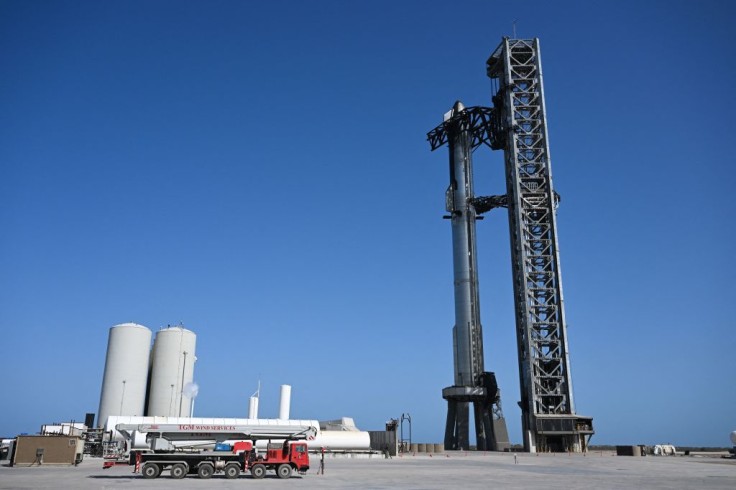SpaceX's Starship rocket is one step closer to launching again.
The private space company recently succeeded in test-firing the boosters for its Starship rocket, clearing one crucial obstacle to launching it soon.
Starship's first launch went up in smoke after it experienced a "rapid unscheduled disassembly" during the test. It has yet to pass a test-fire until recently.
Next Destination: Space?
SpaceX is excited to try out its Starship rocket again. According to a Space.com report, the private space company successfully ignited the rocket's Raptor Super Heavy booster engines for its second "static" fire test.
During this time, the booster sat atop SpaceX's orbital launch mount at the company's Starbase site in South Texas while burning its engines for about six seconds as planned. The test, which SpaceX broadcasted live in a webcast, was a success - all of the rocket's engines (of which there are 33) ignited successfully.
However, there is a problem with the test towards its end. While all 33 of the engines ignited, only 31 burned their engines for the rest of the six-second test; the other two shut down prematurely.
Regardless, SpaceX considered the test a success and gave itself a pat on the back for it, though it didn't clarify if 31 is a sufficient number to proceed with a launch attempt. It even said that the test was an "exciting milestone" during the webcast, per Space News.

Having only two engines prematurely shutting is better than four, as was the case for SpaceX's previous test. You may recall that SpaceX's previous test was considered a "mostly successful" affair, as only 29 of the 33 engines ignited as planned.
The four faulty engines shut down prematurely, which meant less thrust for the rocket's first stage. Despite only 29 of its 33 engines, however, SpaceX deemed it a success because 29 is still a "good number," and its engines and orbital launch mount are still intact and emerged from the test in one piece.
Lack Of Prerequisites
While SpaceX is excited about attempting a second test launch of its Starship rocket, it has yet to gain clearance to do so. A report from Ars Technica stated that the private space company must receive a launch license from the Federal Aviation Administration.
Once the FAA and SpaceX accept or modify the "mishap investigation report" the former has been reviewing, they will identify what the latter must do to ensure the safety of people, property, and wildlife near its South Texas site before it can get its desired clearance.
SpaceX seems to be confident it will get the FAA clearance it needs. According to CEO Elon Musk, the company has made more than 1,000 design changes to its Starship rocket after its first test flight, which includes a "hot staging ring" meant to facilitate a difficult maneuver called "hot staging."
Thanks to this ring, Starship's upper stage will now begin firing its six Raptor engines before fully separating from the Super Heavy booster.
Related Article : SpaceX's Latest Starship Booster Fire Test 'Mostly Successful'









